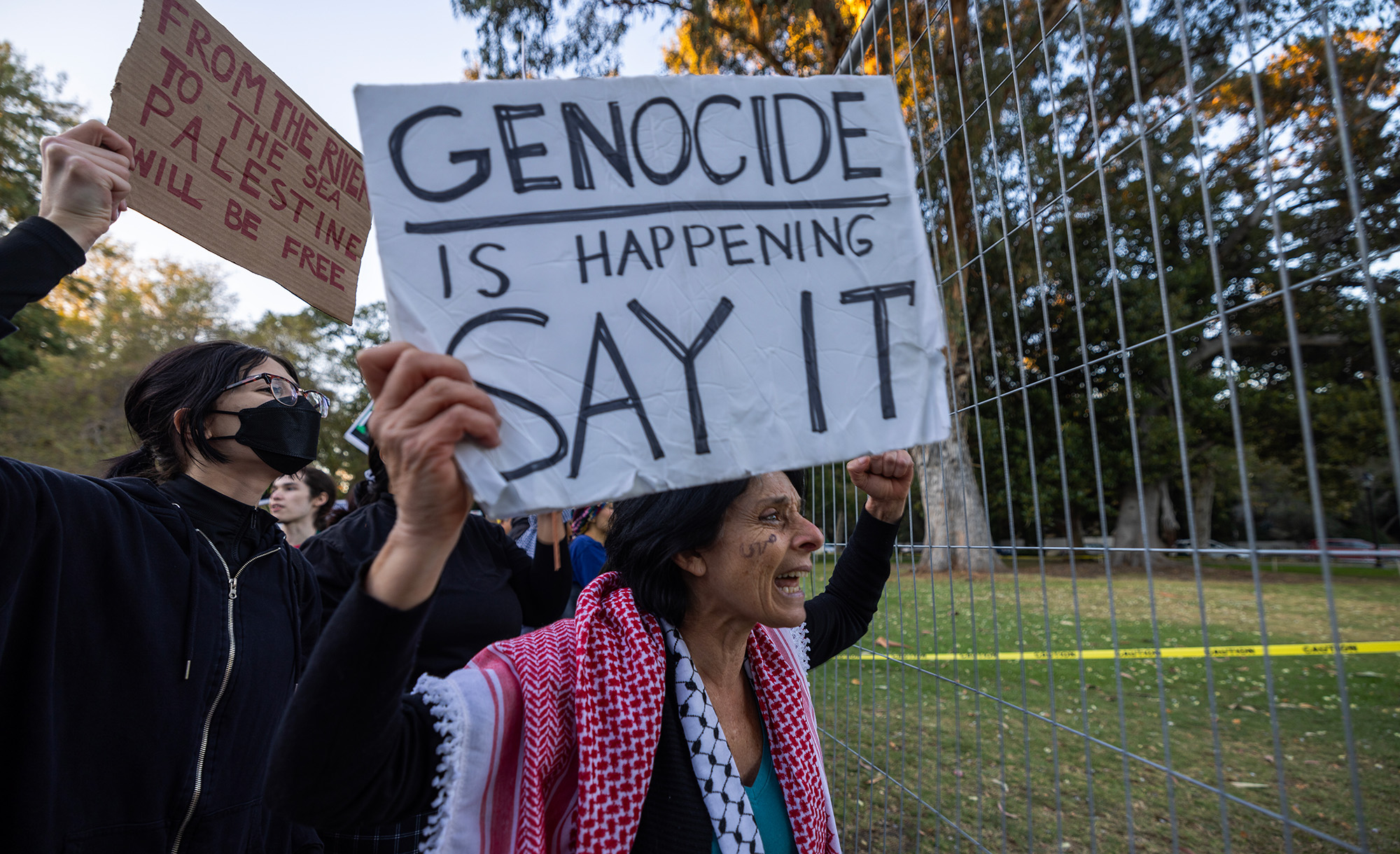During the 2021 war between Israel and Hamas, the Gaza-based terrorist group reportedly maintained an operations center in Beirut, primarily for intelligence sharing with Hizballah and with Iran’s Revolutionary Guard Corps (IRGC). Jonathan Schanzer examines what is known about this war room, and the implications of its discovery:
Based on available information, the primary purpose of the nerve center appears to be intelligence-sharing. Specifically, the nerve center provides Hamas with aerial intelligence derived by Hizballah and the IRGC, perhaps through reconnaissance drones dispatched from Lebanon and Syria. Several have been targeted by Israeli air defenses in recent years, according to news reports. One focus of this reconnaissance effort appears to be mapping the movement of Israeli forces. This may have helped Hamas avoid an Israel Defense Forces ambush on the group’s tunnel network in the 2021 war. Reports also suggest that the nerve center provided Hamas with better capabilities to conduct “sensitive hacking operations” against Israel.
The very fact that Hamas is actively cooperating with Iran and Hizballah is significant. A decade ago, Hamas leaders left Syria in protest after years of close cooperation, owing to the Iran-backed military campaign against Sunni and Palestinian fighters in the Syrian civil war. Rapprochement reportedly began in 2017, when Hizballah officials held talks with senior Hamas officials amid reports of a resumption of Iranian funding for the group. Hamas’s leader Saleh al-Arouri led several Hamas delegations to Iran and Lebanon in 2017. By 2018, the Israeli mission to the United Nations charged that Arouri was collaborating with Iran and Hizballah to establish rocket-launching facilities in Lebanon with the goal of drawing Israel into a two-front conflict, with attacks from Gaza and Lebanon in the future.
More about: Hamas, Hizballah, Iran, Israeli Security, Lebanon


